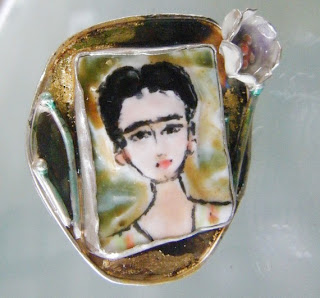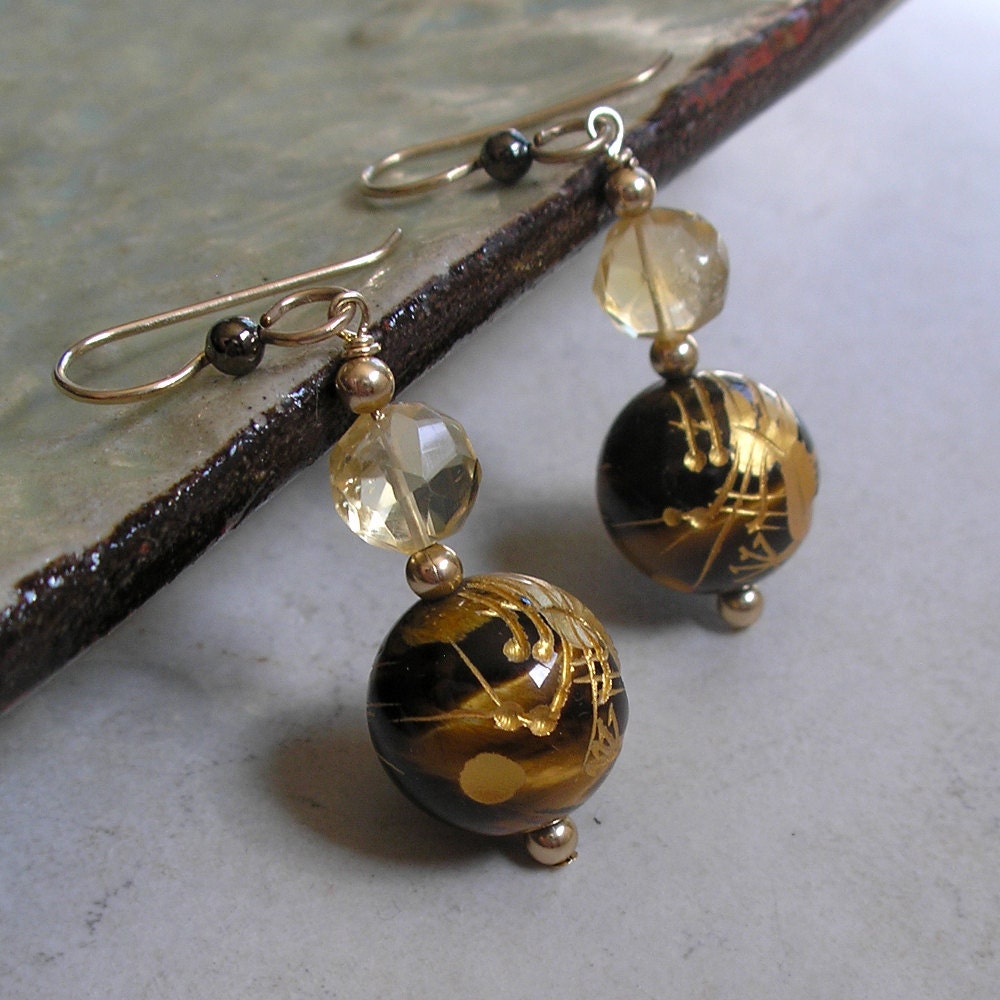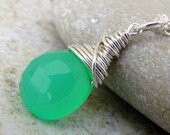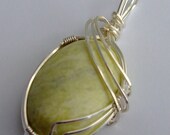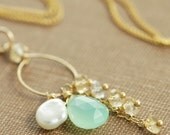The First Step …
In setting up a new web business is planning and thoughtful action. You are building something that will be there for a long time; there is no rush. Think ... and plan first. This is most important.
Before you do anything else, you need to decide how much control you want over your new place of business. If you are happy working within a framework with few options, you’re probably looking for another site like Etsy. There are many of them out there, some more heavily promoted and successful than others. The tightly controlled sites like eBay, Etsy, Amazon and Artfire give you a form to fill out when adding items; all the pages on the site look very similar; and your URL is a subweb of a larger site. Although this type of site has its advantages, you don’t have many options with this type of site and you have to do things their way, which means using their payment options, their terms of service and their feedback system.
The next type of site is a prepackaged solution with a bit more freedom to do what you want. Still, it IS pre-packaged, and you have to work within boundaries. These sites can be good if you don’t really want to make the site look a certain way; since they’re essentially a “site in a box” you’ll find they’re easy to set up. All you do is upload your items, put your name at the top and set up your payment solution. Many of these sites come with a shopping cart, or have one available as an add-on option.
Sites that work in a similar way to this are Yahoo! Stores, the Verizon websites you may have seen advertised on TV, Intuit stores and the stores at Main Street Mall Online. Of course there are many others, and you can find them with a quick Google search. With Yahoo! Stores, you can use their site building software as is or modify it by adding to or re-writing portions of the html. You can even hire an “expert” Yahoo approved designer to build your store for you.
With Main Street Mall Online, you use a form, similar to Etsy. But their form allows a lot of modification; you can pretty much make the pages look any way you want with html. I believe most of these sites allow URL forwarding. This means the actual web address would be something like yahoostores.com/yourstore. But you can attach your URL to it by using a forwarding service. This allows you to promote with your web address.
The third type of shop I want to discuss is an independent website, completely set up and run by you. This allows complete freedom. Take the payment services you want. Use any shopping cart. You write the terms of service; it is your store, and you’re the boss. Make it look any way you want; have as many pages as you want; no competitors on the same domain a click away; there are MANY benefits to this option.
To do this you have to bring several components together in harmony … they all need to work in a seamless way for a smooth customer experience. But by using services that exist for this purpose, you can save countless hours of work.
In any case you have to promote your items. As Etsy shop owners we know there is a cost to visibility. If you want to stay anywhere near the top of the Etsy search you have to renew items. Since they cut the time period items remain in your shop before you have to renew, this can add up. However, this is actually a very reasonable price for exposure to Etsy’s shopper base; in reality, renewing before the deadline is the most popular way to advertise on Etsy.
I mentioned in my first article that we began selling jewelry online at eBay. At one time we had several hundred items for sale there, and because of the final value fees and all the add on options – fees for the gallery, some with bold type etc … one month our bill reached a staggering $800.00 for the Christmas season.
That was when I decided … enough. I stopped selling at eBay and began advertising with Pay per Click ads instead which were new - and cheap in 2000 - 2001. I figured if I was paying all that cash … and making eBay stronger … I could promote my own brand instead of eBay’s by going independent.
One way or another … promoting your items costs money. But every time you make a sale in your current shop, the customer sees a big ETSY logo. Ask someone “where did you get that?” Good chance they’ll say I bought it from Etsy. Or eBay. Not the seller on eBay. You are making Etsy famous and cementing it into your customer’s mind.
I am not saying close shop on Etsy and go indie. But do BOTH!
The real difference between the first type of shop and the more independent options is marketing. With the sites in the first paragraph, you have shoppers who are registered customers or members of the site – a ready and waiting pool of customers looking for things that interest them. With the second type of site you usually have to get the word out yourself; you have to advertise or market on search engines.
So … which option is best?
That’s up to you. The least expensive, time saving option is a second shop like an Etsy shop; could be on Amazon, eBay or Artfire or one of the others like iOffer or Zazzle. If money and time are a concern, this is the way to go.
Yahoo stores can do very well on search engines, and you can get your items into exclusive Yahoo advertising programs if they host your store. Main Street Mall Shops can be moneymakers, but you’ll need to advertise. With both there is a monthly fee. Yahoo also takes a piece of everything you sell – on top of the monthly fee.
Of course I prefer my own site. It is more work to set up, and there are expenses - but there is nothing like being in control of everything. And … once it IS running, there is very little needed to keep it humming along nicely. In the next article, I’ll begin to discuss how to set a site up step by step, from registering the URL to adding the shopping cart.
Bob Edwards is a proud member of the Jewelry on Etsy Team - JET. He is a jewelry designer and metalsmith in New York City with over 30 years of experience in the jewelry trade, specializing in handmade silver jewelry. This article may be reproduced provided it contains this author's statement and all links remain intact. ©2011 Robert Edwards









